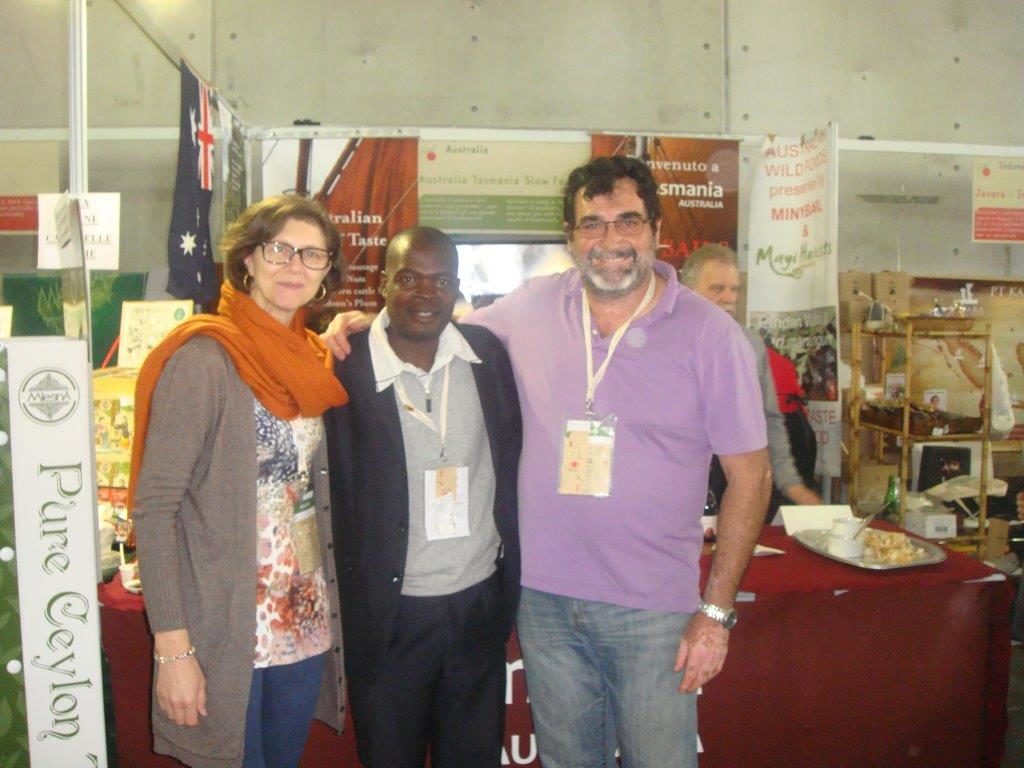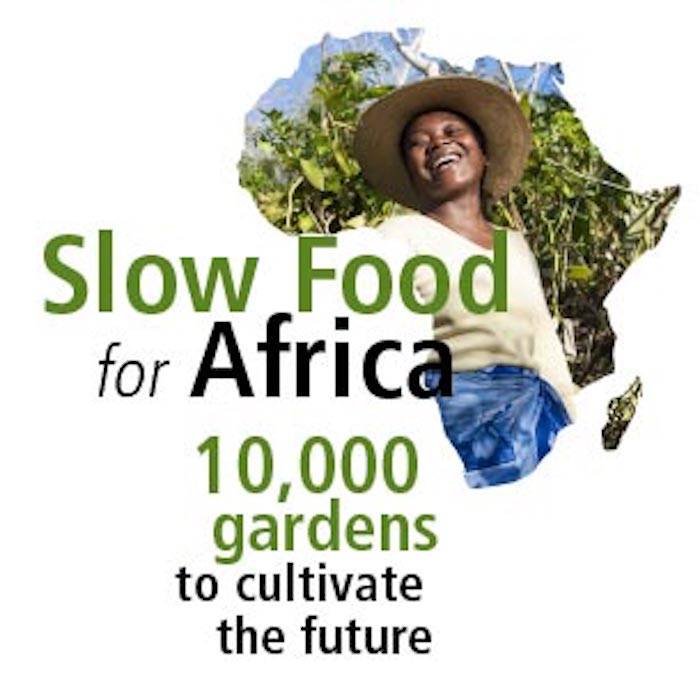Slow Food’s African Food Gardens follow the philosophy of Good, Clean and Fair. But what does this mean in practice, and what makes them different from other food gardens?
There are 10 essential ingredients for a Slow Food Garden:
- They are created by a community.
- They are based on observation.
- They do not need a large amount of space.
- They are places of biodiversity.
- They produce their own seeds.
- They are cultivated using sustainable methods.
- They save water.
- They are open-air classrooms.
- They are useful, but also fun.
- They are networked together
Two such gardens are sponsored by the Slow Food Swan Valley and Eastern Regions Convivium in Zimbabwe:
The Mhlotshana nutrition Community Garden, coordinated by Melamiseli Ncube, is located in Mambo village of the Bubi District, Matabeleland Nord. Read more about this garden . . .
The Mupata Union for Rehabilitation of Ecosystem (MURE) Community Garden coordinated by Gladman Chibememe, who is also the national coordinator for the Slow Food 10,000 Gardens project in Zimbabwe.
Read more about this garden . . .

Rosalba Velletri, Melamiseli Ncube, and Vincenzo Velletri at Terra Madre in Turin, in 2014. Melamiseli travelled to Turin to thank the Swan Valley and Eastern Regions Slow Food Convivium for sponsoring a community garden in his Ward in Inyati Bubi
“It was such an amazing feeling meeting him, knowing that it is possible to make a difference in people’s lives and their gratitude. I still get goose bumps thinking about it.”
Rosalba Velletri
A further donation was made to help bring the water closer to the garden after Melamiseli explained that the closest well was 2km away and it was hard for women to carry the water that distance.

